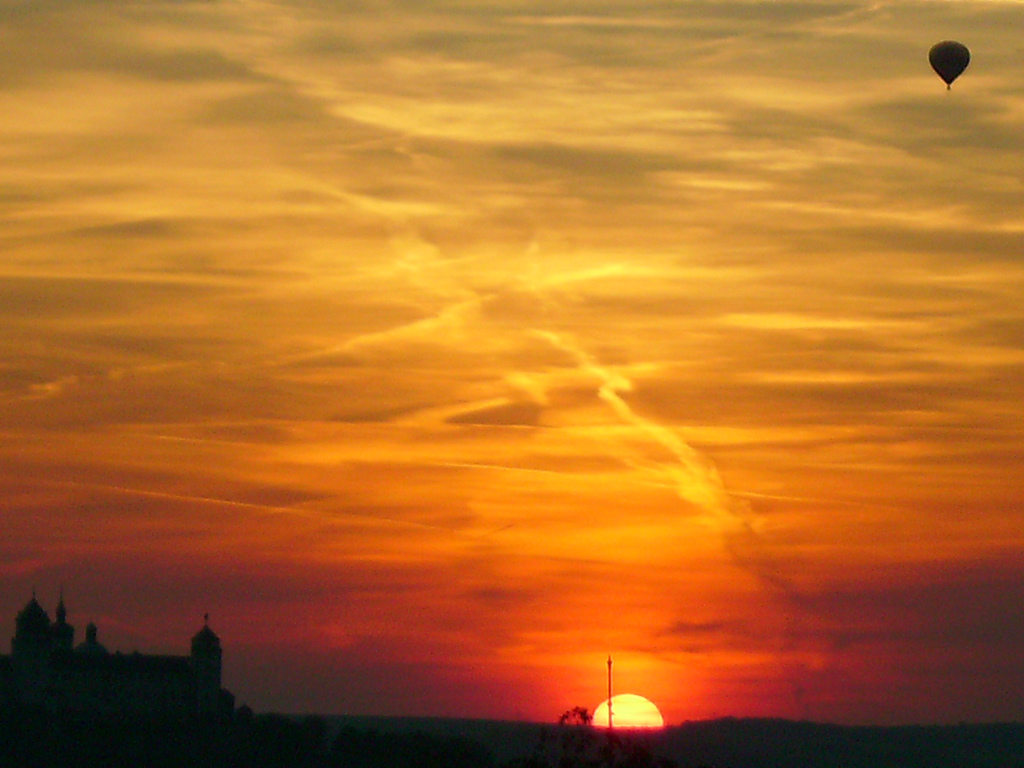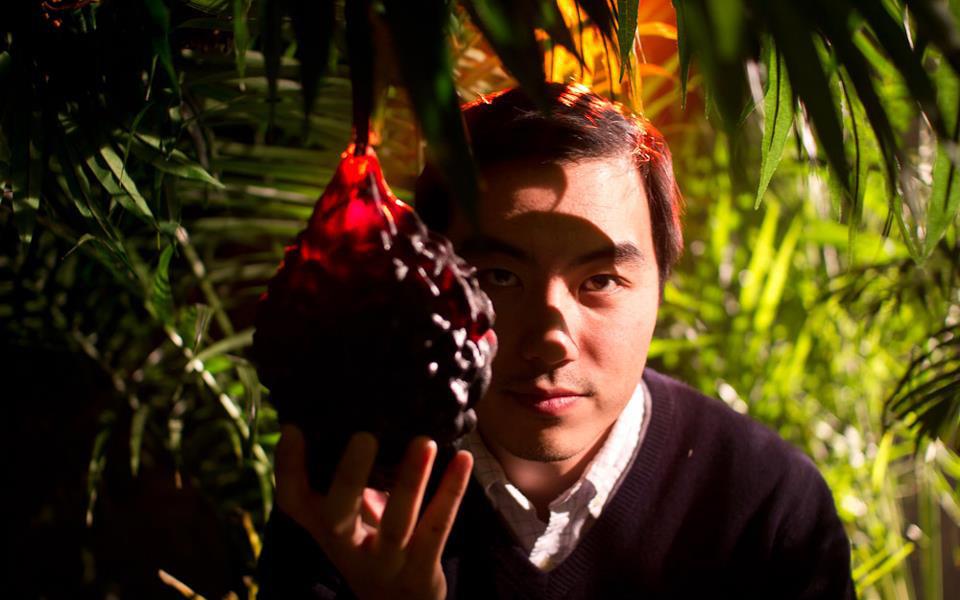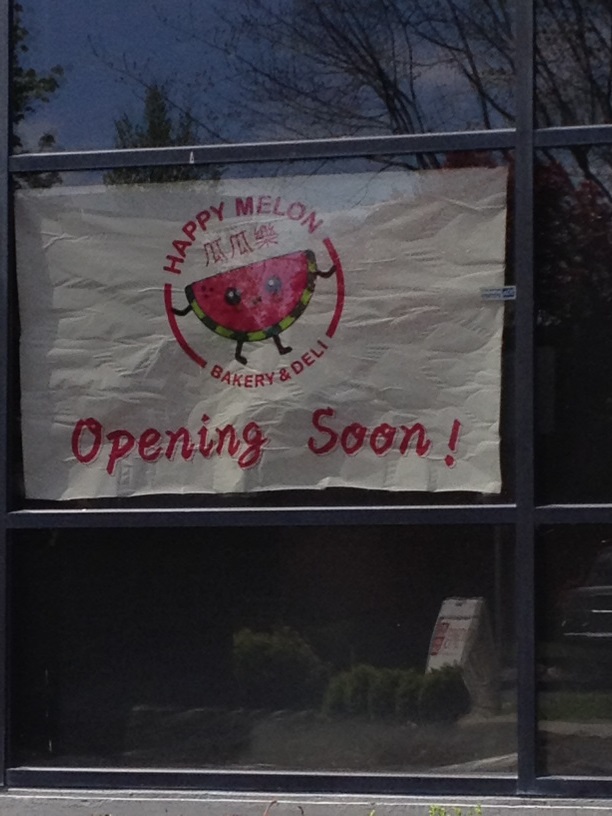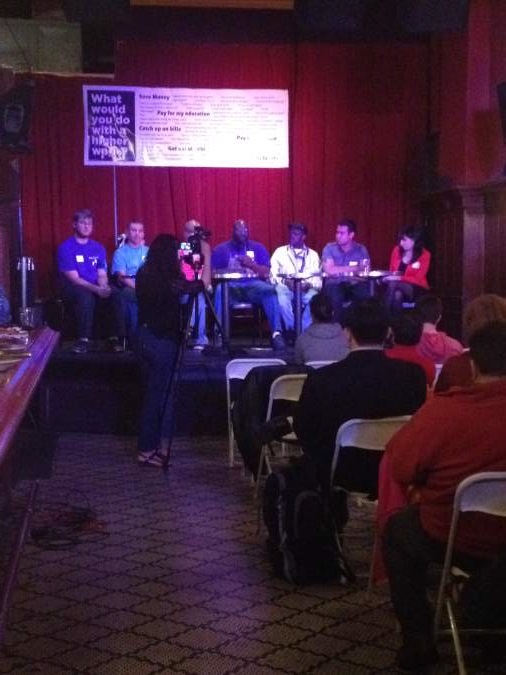Sea-slug fans and beach-pebble collectors can consult fold-out field guides when making identifications, but mushroom hunters have long been forced to drag heavy books into the woods or risk wasting basket space on unpalatable fungi. Yet with the recent release of Daniel Winkler’s A Field Guide to Edible Mushrooms of the Pacific Northwest, mushroomers now have the same lightweight advantage as birders and seaweed-gatherers. The first-ever pocket-sized guide to the area features 43 edible and eight poisonous mushrooms found around Puget Sound.
Asked why nobody has ever issued a guide designed for onsite use, Andrew MacMillen, a Kitsap Peninsula Mycological Society board member and foray leader, says, “Frankly, I can’t answer that one. Daniel is a genius and he’s going to make a crapload of money.”
A Canadian publishing company asked Winkler, a global mushroom expert based in Kirkland, to develop the guide. Winkler suspects the invitation was inspired by growing interest in mushrooming; according to MacMillen, local mycological societies are setting new attendance records at almost every mushroom show. “I’m a total idiot to be helping my competition,” says Winkler, referencing the fear among mushroomers that too many hunters will spoil the best collecting spots.
While mushroom-hunting has always been popular in the Pacific Northwest—a phenomenon Winkler attributes largely to the presence of “magic mushrooms”—the current strength of locavorism and frugality has helped make the hobby attractive to a new crop of foragers. Winkler’s also sold on mushrooms’ medicinal and nutritional properties. “They’re as rich in protein as meat, so I really think mushrooms are the future,” he says. “A friend of mine calculated that if they’d use all the log debris in Montana to raise mushrooms, they could produce more protein than all the cows there.”
Yet most mushrooms have thus far resisted attempts at commercial cultivation, so mushroom lovers chasing certain flavors have to head into the woods with baskets and knives. Last week, MacMillen and Langdon Cook, author of Fat of the Land: Adventures of a 21st Century Forager, led a dozen first-time mushroom hunters on a chanterelle foray sponsored by Bainbridge Island Metro Parks and Recreation. The mushroom tutors taught their charges how to recognize the chanterelles’ distinct apricot aroma and squiggly, butterscotch-hued caps. In under an hour, the newcomers had collected a few pounds of them.
“We are blessed with many chanterelles, and often they’re pristine,” Cook told class members in a pre-foray pep talk. “They’re just sitting there waiting for us.”
Chanterelles are so easy to recognize that MacMillen swears he can scout them from space: He uses Google Earth to locate potential mushroom patches. But other mushrooms featured in Winkler’s guide present greater identification challenges, which is why the author warns foragers not to munch on something just because it vaguely resembles one of his illustrations. Winkler suggests that amateur mushroom hunters use mushroom clubs’ identification services and observe the “When in doubt, throw it out” rule.
According to MacMillen, of the world’s thousands of mushroom varieties, 100 are safe, 10 to 15 are deadly, 100 “will give you illness,” and the balance are “interesting at best.” Experienced mushroom foragers are no more likely to eat a fungus because they found it in the woods than home cooks are apt to drink a bottle of dish soap because it’s located beneath the kitchen sink. But the persistent fear of accidental poisoning has kept some wild-food fans from pursuing the hobby.
“We are very happy that there are poisonous mushrooms,” Winkler explains, “because otherwise everyone would eat all the mushrooms.”








